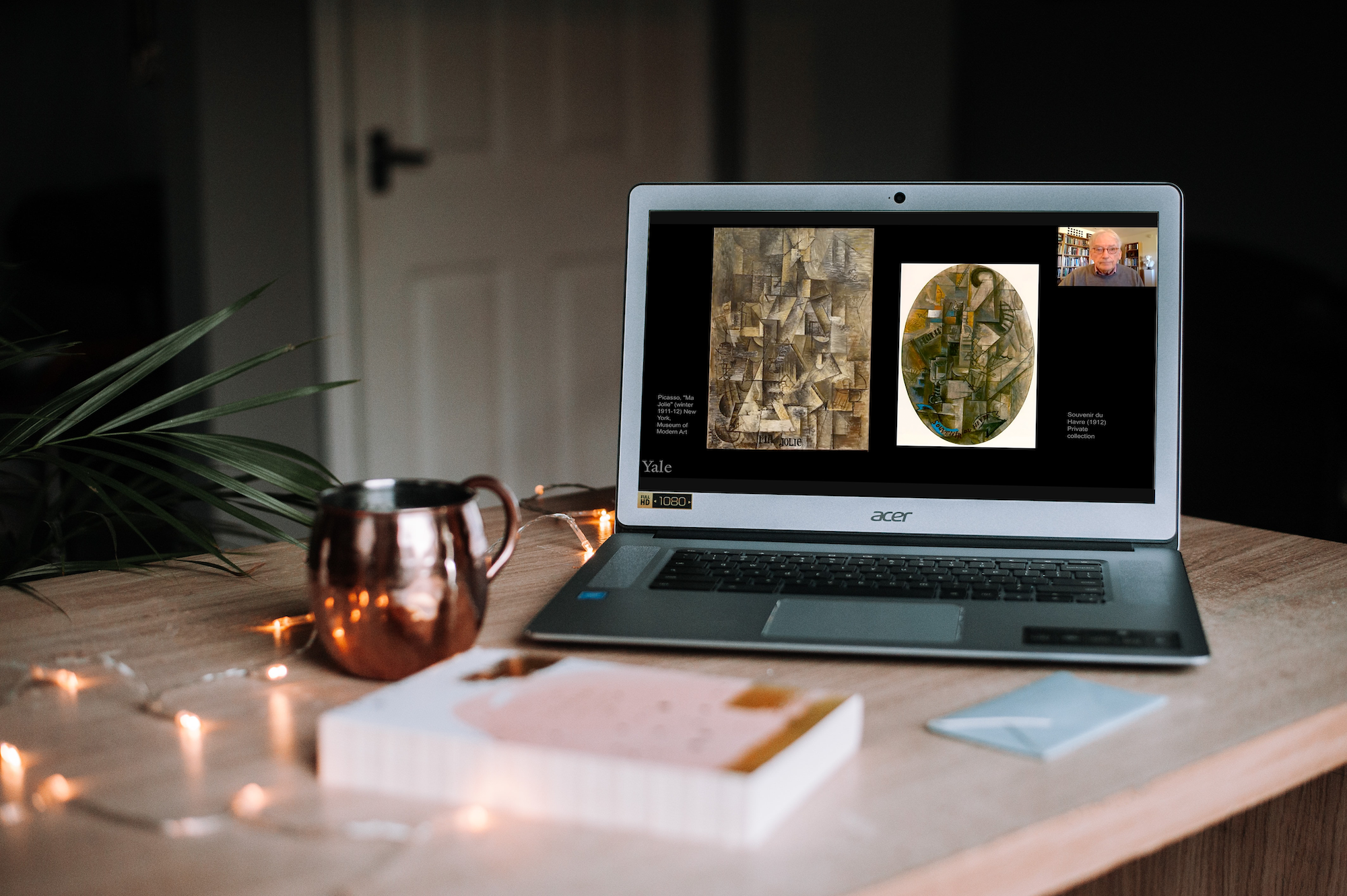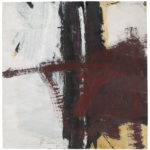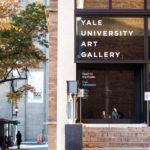
Annie Radillo, Contributing Photographer
On March 4, the Yale University Art Gallery launched a virtual lecture series titled “Pablo Picasso at Yale.” In the series, John Walsh ’61, director emeritus of the J. Paul Getty Museum, explores Picasso’s work and presence in the YUAG.
The series consists of hourlong prerecorded lectures released by the YUAG every Thursday. On the Friday following each lecture release, the gallery hosts a live Q&A session with Walsh. This Thursday will mark the release of the fourth and final lecture in the series.
“John looked closely at the works by Picasso in the gallery’s collection to begin preparing for the lectures and said that these turned out to be fabulous teaching materials,” Keely Orgeman, associate curator of modern and contemporary art at the YUAG, said. “I hope that visitors will also find this to be true after they have absorbed some lessons from the lectures, such as new vocabulary or a set of ideas, and then revisit the works in the gallery, and in other museums, with this new understanding in mind.”
Throughout the lecture series, Walsh discusses Picasso’s early development and invention of cubism, as well as the artist’s departure from extreme forms of cubism later in his career.
In his first talk, Walsh focused on Picasso’s evolution as an artist. In the second and third lectures, Walsh goes on to discuss Picasso’s cubist style in the context of his painting “Dog and Cock” and how the artist approaches “the figure” — figures include lovers, portrait sitters, bathers and mythological characters — in his art.
Walsh has served on the YUAG’s governing board for 40 years. In the past, Walsh trained Yale graduate students at the YUAG as part of the museum’s Wurtele Gallery Teacher Program, and this lecture series is the product of Walsh’s ruminations on Picasso during that time.
Through this lecture series, Walsh did not merely want to inform people about the history of Picasso’s art. Instead, Walsh said he hopes to help people overcome the “inadequacy” they often feel when viewing certain works of art, particularly pieces that “look as strange as Picasso.”
Orgeman noted that in distilling decades of scholarship on Picasso, Walsh does all the “heavy lifting” for his listeners and presents his ideas in an engaging way. She said the lectures elaborate upon aspects of Picasso’s work that either cannot be summarized in wall labels or are too insignificant to be included in these labels.
“[Walsh] is just a really beautiful writer, so the prose of it is really wonderful to listen to,” said Molleen Theodore, who organized the Picasso lecture series and is the associate curator of programs at the YUAG.
For Walsh, recorded lectures do not compare to the rich experience of viewing art in person at the gallery. Yet he said that recording himself creates a degree of intimacy that cannot be achieved while delivering lectures in a larger, dimly lit auditorium like that of the YUAG. Walsh added that the Q&A sessions foster an environment in which it is easier to ask questions than in an auditorium.
Theodore said that because of Walsh’s reputation, his live lectures — which he has been delivering at Yale for over a decade — often sell out because of the YUAG auditorium’s limited capacity. In the past, staff have created overflow space, turned people away and livestreamed lectures to accommodate demand. But now, viewers from Japan to Norway to Africa are attending Walsh’s lectures with no attendance cap.
“There’s a luxury in that everybody can come and thousands of people have watched the lecture,” Theodore said. “Everybody is invited — I used to feel not as free to say that.”
Still, Theodore and Walsh said that viewing works in the gallery is an experience that cannot be replicated virtually.
“The thing in the flesh is not the same as what you see on the screen, no matter how good the image is,” Walsh said. “It’s like record[ed] music versus live, it’s like reading a play and thinking what’s in the play is what’s real.”
Last week’s lecture was titled “Cubism, Picasso, and the Human Figure.”
Annie Radillo | annie.radillo@yale.edu
Correction, Mar. 24: A previous version stated that John Walsh hosted the series and that Molleen Theodore was a fellow in the education department of the YUAG. Walsh is not a host, but an invited speaker, and Theodore is associate curator of programs. In addition, it stated that Keely Orgeman was a curator of modern and contemporary art. Orgeman is an associate curator of modern and contemporary art. This article has been updated.










